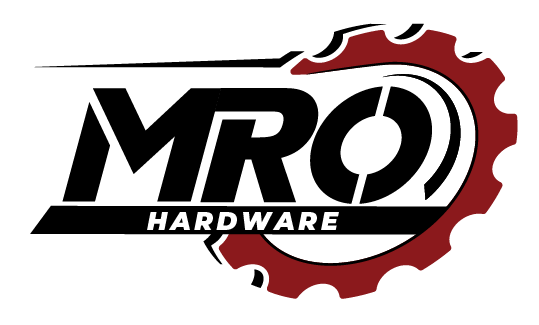There are many different kinds of rivets on the market right now. However, the majority feature a head on one end and a cylindrical body of a particular size that continues to the rivet’s tail. It is typical practice to insert solid, semi-tubular, and breakstem rivets (POP® rivet style) into pre-punched or pre-drilled holes. At that point, solid and semi-tubular rivets are deformed using a press or air hammer while a bucking bar or solid anvil is strategically positioned opposite the head side of the rivet (only for semi-tubular rivets). The blind (breakstem) rivet can also be used in holes that have already been drilled or punched, however the setting method is different. The mandrel or “stem” (also known as a nail) is then inserted into the nosepiece of a rivet gun or manual rivet tool after the rivet body has been introduced into the hole. Rivets are frequently used to attach two pieces of material together in a wide range of applications, including boat building, RV manufacture, industrial fabrications, and more. Rivets come in a variety of materials, including aluminum, steel, stainless steel, copper, and plastic.
OneMonroe also offers a wide selection of aerospace rivets such as cherry rivets or solid rivets. Cherry rivets are ideal for double-dimpled or high vibration applications. Some solid rivets can be substituted with cherry rivets. They work well with composite materials like fiberglass because the way the rivet stretches out prevents the material from splitting.
The structural components of an aircraft are often constructed with solid rivets. These rivets are typically constructed of titanium, nickel-based alloys, or aluminum alloys. Using a rivet compression tool is the quickest method of installation. In order to install solid rivets, access to both sides of the structure is required.

